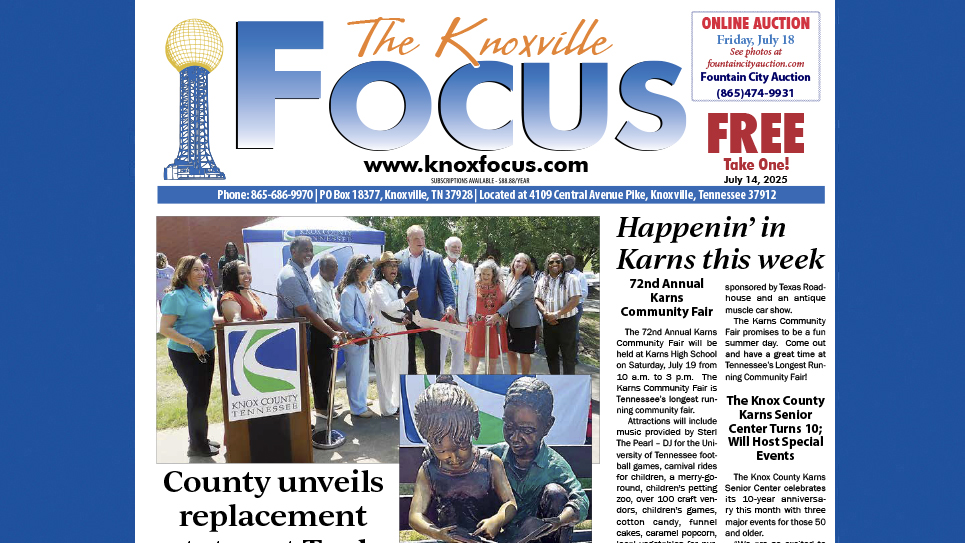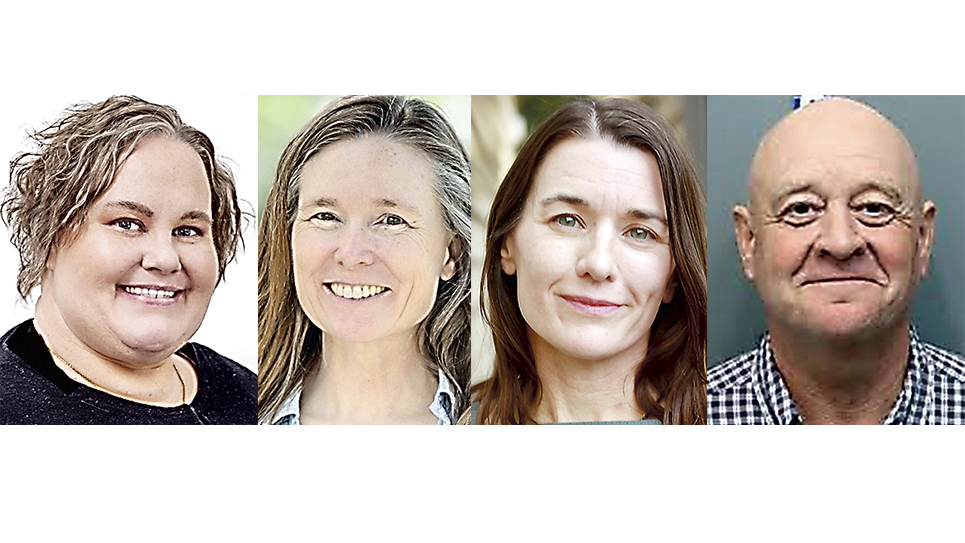There is nothing as enchanting as the soft squeal of a delighted child or the gentle babbling of a baby. These are priceless to a grandfather’s ears and the principal reasons for our travel to Portland, Oregon to visit with our daughter, son-in-law and the PCOs (Portland Cute Ones).
Tennessee is not part of the Deep South, but we are nonetheless Southerners. Several years ago my Knoxville son-in-law and I were in the market for a used boxer for our John Deere tractor. Ryand is from the Cincinnati area, so as part of the negotiations for our farm equipment, he was introduced to the fine art of Southern visitin’ with the farmer and his wife. Matt, my Portland son-in-law, is likewise being acquainted with the genteel art of a southern visit.
Our days have been spent shepherding grandchildren through meals and naps, grocery shopping and visitin’. In postmodern parlance one might say we’ve been “hang’n out” with family. Being in the present is a luxury of my semi-retired state. I no longer have mountains to climb.
Of all the trips we’ve made to Portland, Becky and I had never gone to the Mt. Hood national forest located about 50 miles from Portland. I’m not much of an aficionado of big cities, so fortunately there is much to see in the vicinity of Portland, including the iconic Haystacks along the coastal Pacific, the Columbia River valley, some of the finest vineyards in America and the incomparable Crater Lake.
One of my axioms is, “If you don’t push at your horizons they will shrink upon you.” So, with a week of babysitting under our belts, Becky and I took an afternoon off and headed for the mountains. Timberline at the base of Mt. Hood, a picnic lunch and a hike to Little Zigzag Falls were wonderful reprieves, but not even a babbling mountain brook in an alpine forest measure up to the babble of my eleven month old granddaughter, Rita Maeve, translated as the pearl of intoxicating beauty.
There are also lots of things to see within Portland, including local fauna and flora. Beautiful flowers abound in the many neighborhoods of Portland which collectively comprise the city. The fauna are another matter. I like watching people and I found one of the best places is the local Kroger affiliate. The Internet sports “The People of Walmart,” but the Fred Meyer grocery store is equally interesting and showcases “The People of Portland.” I included a picture of a man who caught my eye; note his man-bag. I shared the Kroger bathroom with an obviously disturbed and pitiable homeless guy washing his clothes in the sink. However, I found it especially confusing to see men with beards wearing dresses. It was explained to me that this is the 21st century and people can be what they want to be.
Recently, I heard a report on gender dysphoria, “the distress a person feels due to a mismatch between their gender identity and their sex assigned at birth.” It may be risky for an internist to visit this topic, but I assure you I have more medical training and experience than any journalist reporting on this subject.
The bell shaped curve defines “normality,” comprising two standard deviations from the mean. This defines a population where 95% fall under (within) the curve. Yet by convention, 2.5% will fall out of the normal curve on the higher and lower ends.
The same applies to the phenomenon of human sexuality. Like the rest of us, I have known “girly men” and “manly women.” I feel compassion for those born differently. Presidential candidate Pete Buttigieg has affirmed the difficulties gender dysphoria has caused him. Sympathy and empathy for those born differently is my perspective. However, I am medically conflicted regarding attempts to change one’s gender or argue against nature’s DNA assignment. Furthermore, I do not believe the 3% LGBTQ minority (not 30% of Americans as millennials believe) should be the driving force of public policy. And on a practical level, I don’t believe that genetic men who identify as women should compete in women’s sports.
Sexual identity difficulties were recently reported in a Boston University School of Public Health, Harvard Medical School and Michigan School of Public Health study of more than 1200 college students in more than seventy universities. Seventy-eight percent of those students, who self-identified with gender issues, had a recognized mental health condition including anxiety, depression, eating disorders, self-injury or suicide. Other studies have pointed to the high suicide rate of transgender teens.
During our visit in Portland I repeatedly saw signs saying, “Keep Portland Weird.” I am not sure what this means because I’ve seen similar signs in Knoxville, Tennessee. There are many similarities between Portland and Knoxville, but Portland’s weird absence of mosquitoes is a striking contrast to K-town. I noticed there were no screens on my daughter and son-in-law‘s home and they often left the windows open in the cool of the evening. I asked them about this and I was told Portland doesn’t have mosquitoes! I went to the Net and found reports confirming this phenomenon, including interviews with Portland “old-timers” who recall being stung by a mosquito once or twice in their lifetimes. You may be surprised to learn that bats are important pollinators and eat troublesome mosquitoes. I guess Portland bats draw their sustenance from other fauna and flora and continue their important work of pollinating the resplendent local flora.
I have always had wanderlust and have visited fifty countries on five continents and forty-five of our fifty states. These days, I usually stay closer to home since I’ve discovered what the peripatetic poet Edna St. Vincent Millet once penned:
How shall I know, unless I go?
To Cairo and Cathay,
Whether or not this blessed spot
Is blest in every way?
Now it may be, the flower for me
Is this beneath my nose;
How shall I tell, unless I smell
The Carthaginian rose?
I did and found my rose in Knoxville, Tennessee. And, as Dorothy discovered, “There’s no place like home.”






